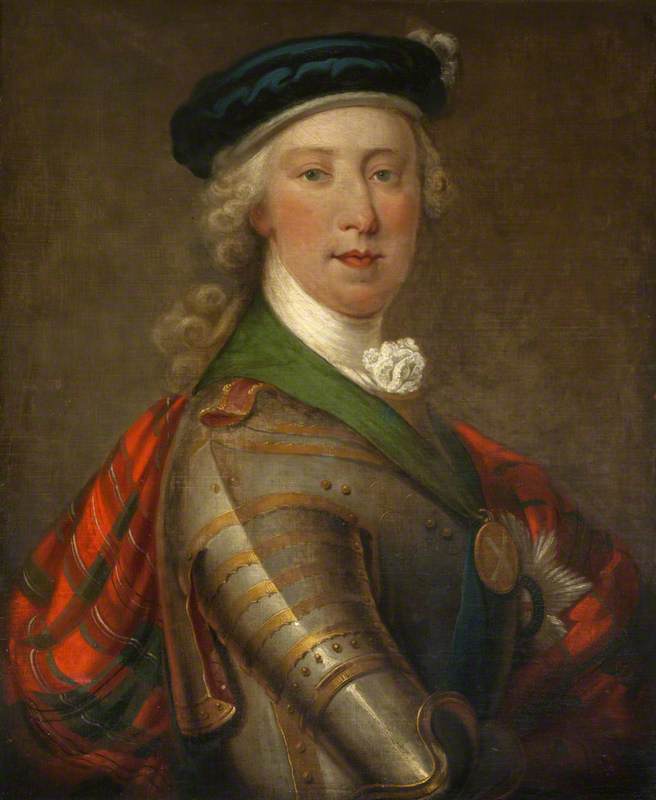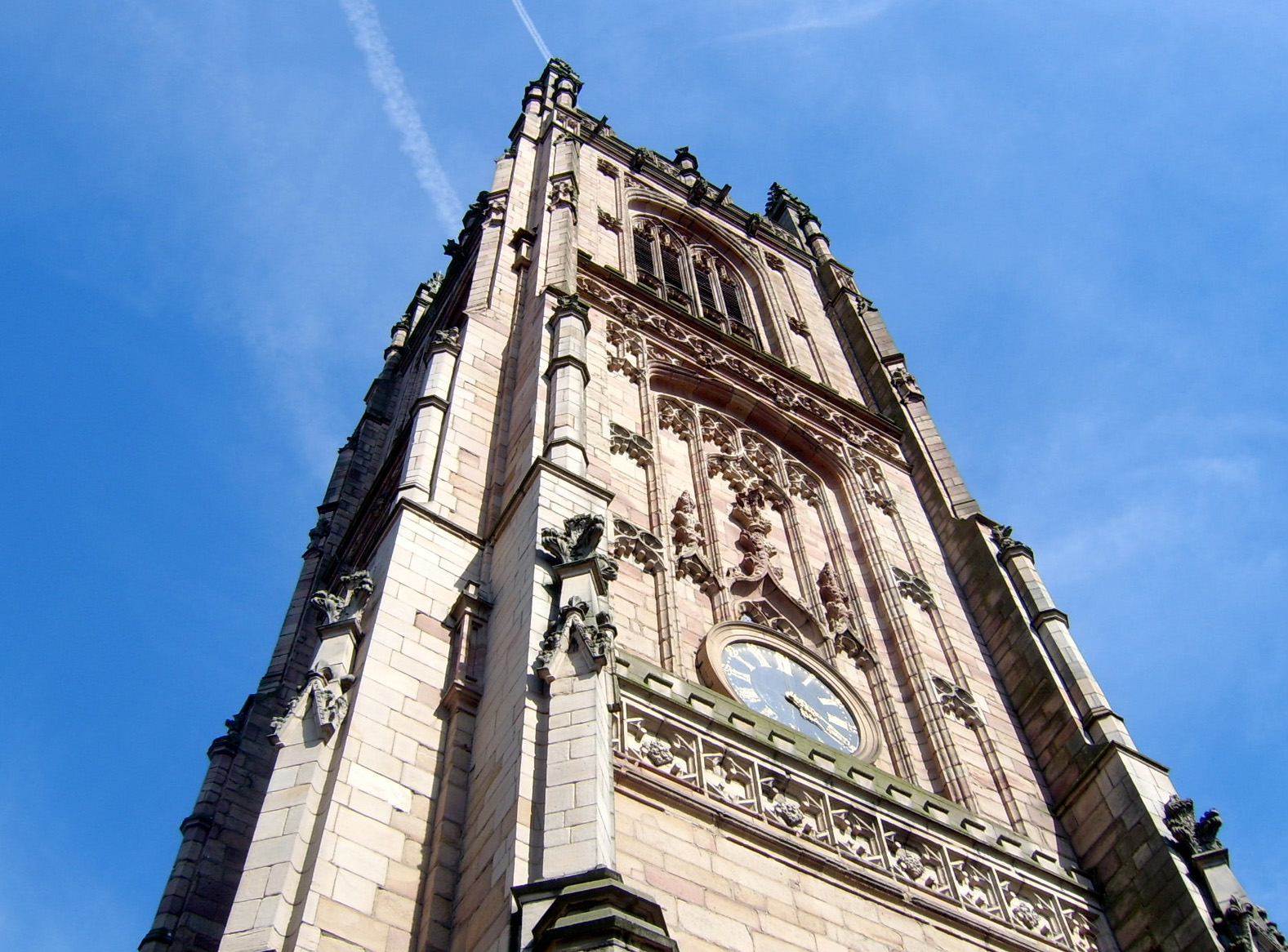|
Swarkestone
Swarkestone is a village and civil parish in the South Derbyshire district of Derbyshire, England. The population at the 2011 Census was 187. Swarkestone has a very old village church, a full cricket pitch, a canal with a Georgian lock keepers cottage and moorings. It was mentioned twice in Domesday as ''Sorchestun'' or ''Suerchestune'', when it was worth twenty shillings.''Domesday Book: A Complete Translation''. London: Penguin, 2003. p.742 & 749 History The village Evidence of the Beaker people living near Swarkestone was discovered in the 1950s. At that time it was estimated that people had lived near Swarkestone for at least 3,800 years. The only surviving Bronze Age barrow cemetery in the Trent valley is at Swarkestone Lows near the A50. The barrow is a registered national monument. In the Domesday Book, Swarkestone was held by the king, (William the Conqueror) and by Henry de Ferrers. In the ''Battle of Swarkestone Bridge'' during the English Civil War (1643) it was d ... [...More Info...] [...Related Items...] OR: [Wikipedia] [Google] [Baidu] |
Swarkestone Bridge
Swarkestone Bridge is a medieval bridge crossing the River Trent between the villages of Swarkestone and Stanton by Bridge, about 6 miles south of Derby. It is currently Grade I Listed and a scheduled monument. History The bridge was built in the 13th century to cross the river and the surrounding marshes. The first mention of the bridge was in 1204 (when it was referred to as Ponte de Cordy), but it has been modified, repaired and rebuilt; the majority of the existing bridge dates, from the late 13th and early 14th century. The original bridge is thought to have been made of wood, and was then rebuilt in stone at the end of the 13th century. Three royal grants of tolls for bridge repair were granted between 1324 and 1347. The bridge and causeway were part of the king's highway between Derby and Coventry. This had been the main route between the two cities since before the Norman Conquest, and there had been a river crossing on the site. Swarkestone Bridge is, in total, just ... [...More Info...] [...Related Items...] OR: [Wikipedia] [Google] [Baidu] |
Swarkestone Cricket Club
Swarkestone Cricket Club is a cricket club based in Swarkestone, 5 miles south of Derby, and has a history dating back to the early 20th century. Ground The home ground is located at Barrow Turn in Swarkestone, Derbyshire and has 2 all-weather net facilities. The 1st and 2nd XI teams use Barrow Turn, rated by the DCCL as a Grade A+ ground, and the 3rd XI have access to the Aston-on-Trent Cricket Club ground off Shardlow Road, rated a Grade A ground. History The Derbyshire County Cricket League identifies the club to have been established in 1898, originally playing at Ingleby before locating to Swarkestone in the 1930s. By 1990, the club joined Derbyshire County Cricket League. The 1st XI team entered the Derbyshire Premier Division in 2012, and finished 2nd in the club's first ever year in the top flight of the Derbyshire League. Since then, the Club has won the Derbyshire County League Championship four times: 2013, 2016, 2022 & 2023. Club Performance The Derbyshire County ... [...More Info...] [...Related Items...] OR: [Wikipedia] [Google] [Baidu] |
Derbyshire County Cricket League
The Premier Division of the Derbyshire County Cricket League is the top level of competition for recreational club cricket in Derbyshire, England, and is a designated ECB Premier League The Premier League is a professional association football league in England and the highest level of the English football league system. Contested by 20 clubs, it operates on a system of promotion and relegation with the English Football Lea .... The Premier League was founded in 2000 as a separate league from the Derbyshire County Cricket League, and at that time was called the Derbyshire Premier Cricket League. The two leagues amalgamated before the 2016 season, and the Derbyshire Premier Cricket League became the Premier Division of the Derbyshire County Cricket League. Whi ... [...More Info...] [...Related Items...] OR: [Wikipedia] [Google] [Baidu] |
River Trent
The Trent is the third Longest rivers of the United Kingdom, longest river in the United Kingdom. Its Source (river or stream), source is in Staffordshire, on the southern edge of Biddulph Moor. It flows through and drains the North Midlands into the Humber Estuary. The river is known for dramatic flooding after storms and spring snowmelt, which in the past often caused the river to change course. The river passes through Stoke-on-Trent, Stone, Staffordshire, Rugeley, Burton-upon-Trent and Nottingham before joining the River Ouse, Yorkshire at Trent Falls to form the Humber Estuary, which empties into the North Sea between Kingston upon Hull in Yorkshire and Immingham in Lincolnshire. The wide Humber estuary has often been described as the boundary between the Midlands and the north of England. Name The name "Trent" is possibly from a Romano-British word meaning "strongly flooding". More specifically, the name may be a contraction of two Romano-British words, ''tros'' ("over" ... [...More Info...] [...Related Items...] OR: [Wikipedia] [Google] [Baidu] |
St James’ Church, Swarkestone
St James’ Church, Swarkestone is a Grade II* listed parish church in the Church of England in Swarkestone, Derbyshire. History The church dates from the 12th and 16th centuries. It was rebuilt between 1874 and 1876 by Frederick Josias Robinson of Derby, with Mr Lilley of Ashby-de-la-Zouch as the contractor. The west gallery was removed, and the high pews were taken out. The flat late roofs were removed and the flat ceiling, which cut off the upper part of the tower arch, was taken down. The walls were stripped of plaster and colour wash. An arcade of three arches, with carved and moulded capitals was erected between the nave and aisle, and new high pitched roofs with tiles were placed over the whole building. The entrance to the church was removed from the tower to the south side of the church. The walls of the chancel were rebuilt. The east window of three lights was fitted with a new stained glass window by Burlison and Grylls Burlison and Grylls is an English company who ... [...More Info...] [...Related Items...] OR: [Wikipedia] [Google] [Baidu] |
Stanton By Bridge
Stanton by Bridge is a village and civil parish in the England, English county of Derbyshire. The population of the civil parish at the 2011 census was 246. Description St Michael's Church, Stanton by Bridge, St Michael's Church is on some of the highest ground. The church mostly dates from the 13th and 14th centuries, though with some Norman architecture, Norman stonework. The porches and roofs of the church were rebuilt in 1860. Philip Heath, Conservation area report, accessed April 2011 As its name suggests Stanton by Bridge is located next to a major bridge: the ancient Swarkestone Bridge, which carries the main A514 road over the River Trent. Administratively, Stanton by Bridge forms part of the district of South Derbyshire. See also ...
|
Bonnie Prince Charlie
Charles Edward Louis John Sylvester Maria Casimir Stuart (31 December 1720 – 30 January 1788) was the elder son of James Francis Edward Stuart, making him the grandson of James VII and II, and the Stuart claimant to the thrones of England, Scotland, and Ireland from 1766 as Charles III. During his lifetime, he was also known as "the Young Pretender" and "the Young Chevalier"; in popular memory, he is known as Bonnie Prince Charlie. Born in Rome to the exiled Stuart court, he spent much of his early and later life in Italy. In 1744, he travelled to France to take part in a planned Planned French invasion of Britain (1744), invasion to restore the Stuart monarchy under his father. When storms partly wrecked the French fleet, Charles resolved to proceed to Scotland following discussion with leading Jacobites. This resulted in Charles landing by ship on the west coast of Scotland, leading to the Jacobite rising of 1745. The Jacobite forces under Charles initially achieved severa ... [...More Info...] [...Related Items...] OR: [Wikipedia] [Google] [Baidu] |
Derby
Derby ( ) is a City status in the United Kingdom, city and Unitary authorities of England, unitary authority area on the River Derwent, Derbyshire, River Derwent in Derbyshire, England. Derbyshire is named after Derby, which was its original county town. As a unitary authority, Derby is administratively independent from Derbyshire County Council. The population of Derby is (). The Romans established the town of Derventio Coritanorum, Derventio, which was later captured by the Anglo-Saxons and then by the Vikings who made one of the Five Boroughs of the Danelaw. Initially a market town, Derby grew rapidly in the industrial era and was home to Lombe's Mill, an early British factory and it contains the southern part of the Derwent Valley Mills World Heritage Site. With the arrival of the railways in the 19th century, Derby became a centre of the Rail transport in Great Britain, British rail industry. Despite having a Derby Cathedral, cathedral since 1927, Derby did not gain City ... [...More Info...] [...Related Items...] OR: [Wikipedia] [Google] [Baidu] |
Derbyshire
Derbyshire ( ) is a ceremonial county in the East Midlands of England. It borders Greater Manchester, West Yorkshire, and South Yorkshire to the north, Nottinghamshire to the east, Leicestershire to the south-east, Staffordshire to the south and west, and Cheshire to the west. Derby is the largest settlement, and Matlock is the county town. The county has an area of and a population of 1,053,316. The east of the county is more densely populated than the west, and contains the county's largest settlements: Derby (261,400), Chesterfield (88,483), and Swadlincote (45,000). For local government purposes Derbyshire comprises a non-metropolitan county, with eight districts, and the Derby unitary authority area. The East Midlands Combined County Authority includes Derbyshire County Council and Derby City Council. The north and centre of Derbyshire are hilly and contain the southern end of the Pennines, most of which are part of the Peak District National Park. They include Kinde ... [...More Info...] [...Related Items...] OR: [Wikipedia] [Google] [Baidu] |
South Derbyshire
South Derbyshire is a Non-metropolitan district, local government district in Derbyshire, England. The district covers the towns of Melbourne, Derbyshire, Melbourne and Swadlincote as well as numerous villages and hamlets such as Hilton, Derbyshire, Hilton, Hatton, Derbyshire, Hatton, Etwall, Aston-on-Trent, Repton, Weston-on-Trent and Willington, Derbyshire, Willington. About a third of the National Forest, England, National Forest lies within the district. The neighbouring districts are Derbyshire Dales, Amber Valley, Derby, Borough of Erewash, Erewash, North West Leicestershire, Lichfield District, Lichfield and East Staffordshire. History The district was formed on 1 April 1974 under the Local Government Act 1972, covering the whole area of two former districts and part of a third, which were all abolished at the same time: *Repton Rural District *South East Derbyshire Rural District (part south of the River Derwent, Derbyshire, River Derwent, rest went to Erewash) *Swadlin ... [...More Info...] [...Related Items...] OR: [Wikipedia] [Google] [Baidu] |



